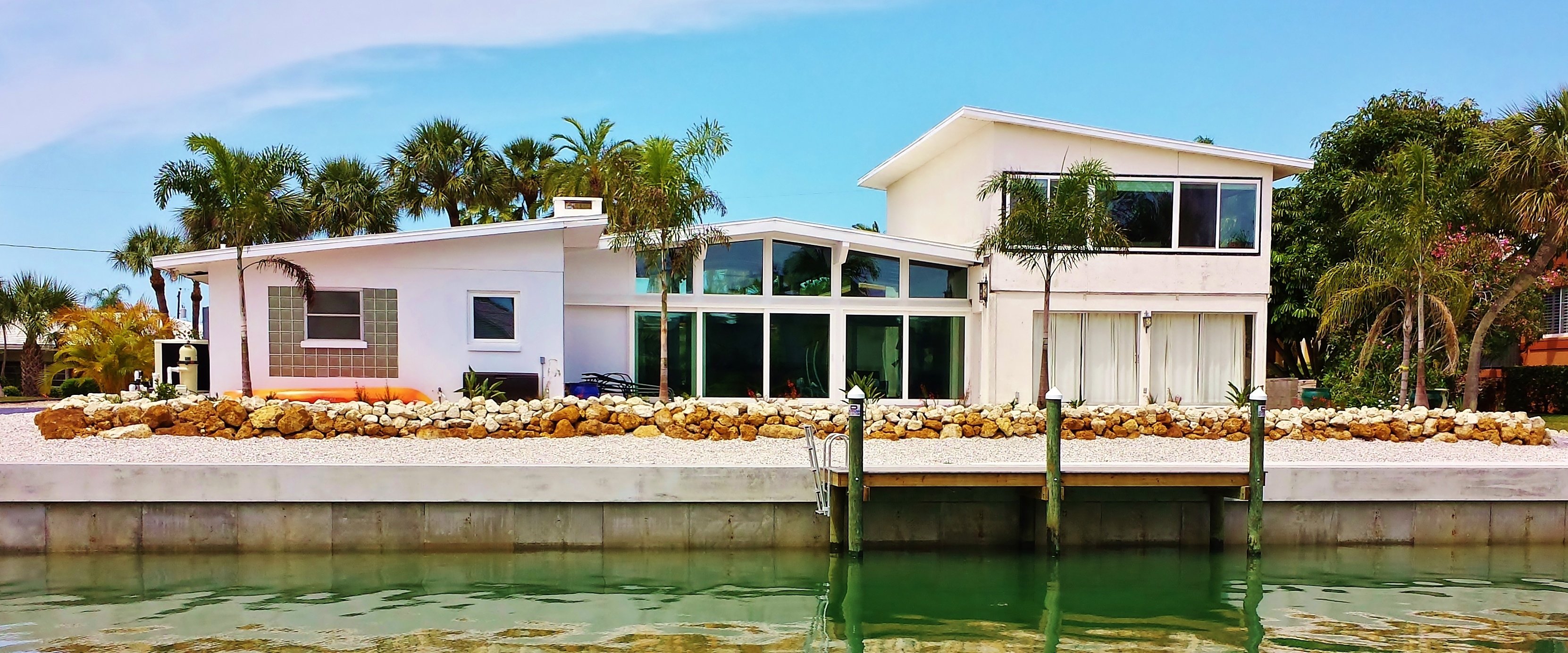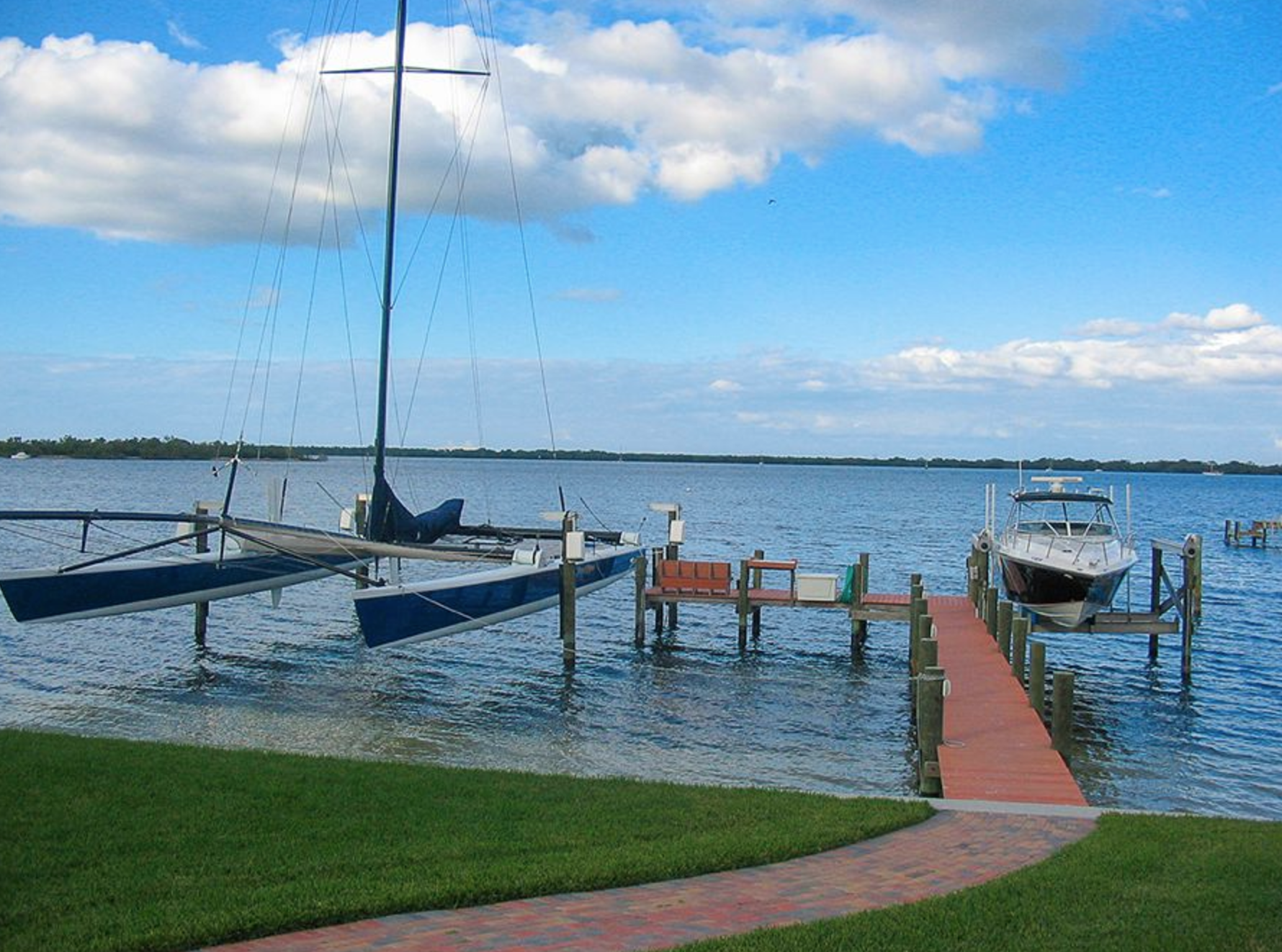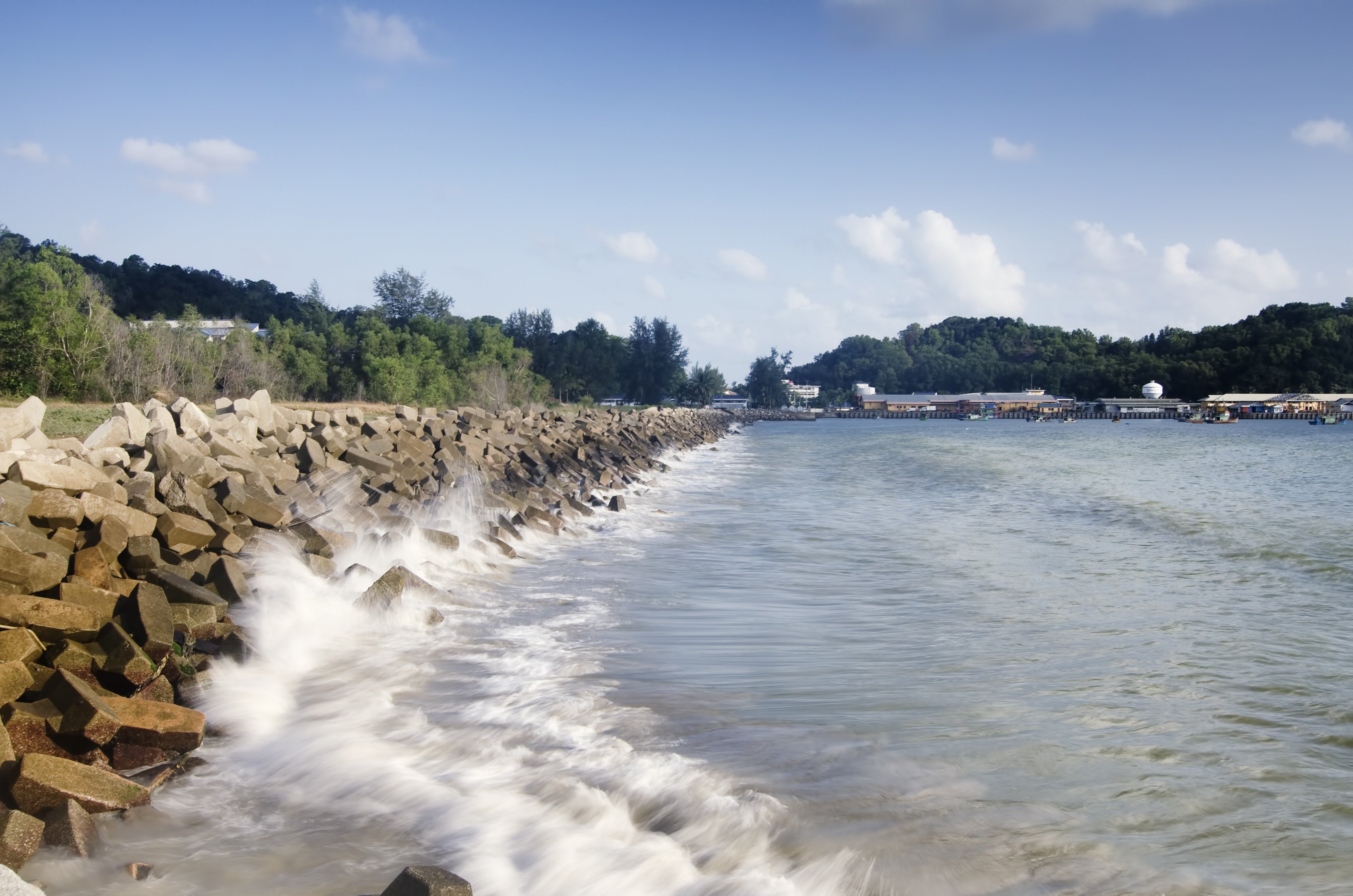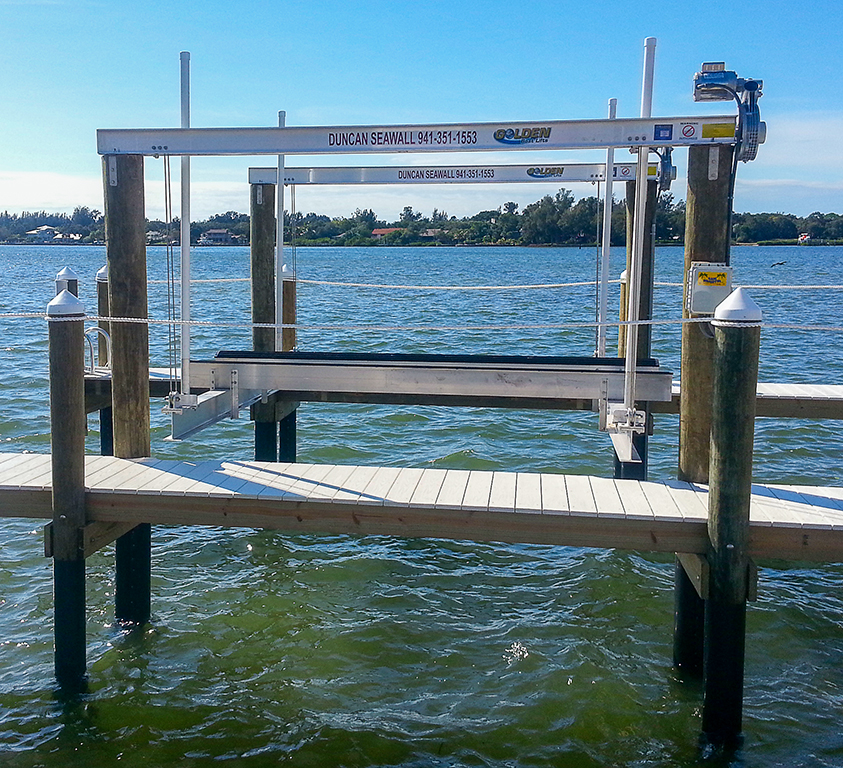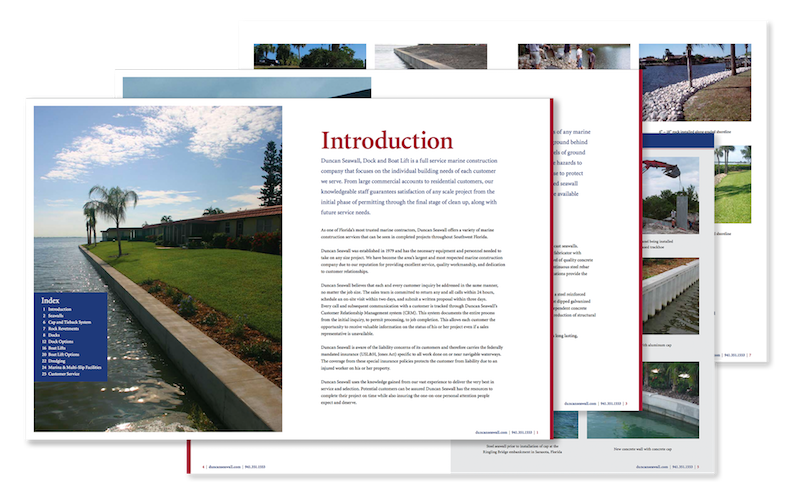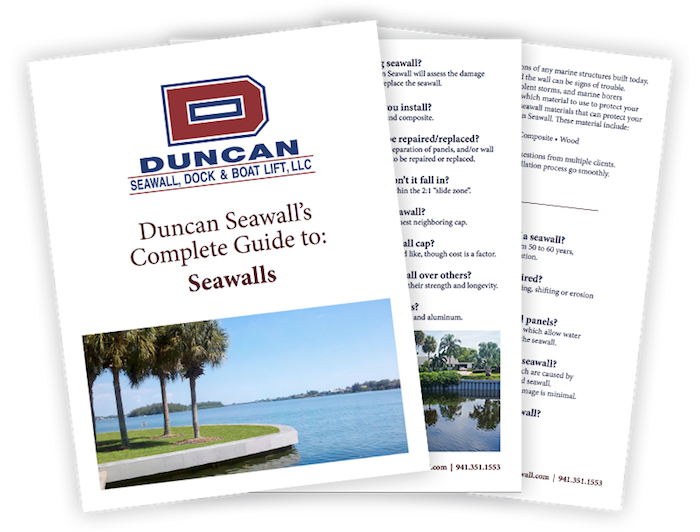There are many reasons people prefer seawalls along the shorelines. While there are benefits of seawalls, they also have various downsides. If you are considering a seawall, you want to ensure you have the right information to help you make informed decisions. Here is a guide to the advantages and disadvantages of seawalls.
Related Blog: What is a Seawall and How Does it Work?
What is a Seawall?
A seawall is a protective structure built along the coastline designed to mitigate the impact of strong waves and prevent coastal erosion, typically caused by storms, tides, and rising sea levels. Usually constructed from concrete, stone, or other robust materials, seawalls act as a barrier between the sea and the land, absorbing and reflecting the energy of the waves. They serve the dual purpose of defending coastal communities and contributing to the stabilization of the shoreline.
Advantages of Building Seawalls
One of the main reasons people consider having seawalls is to prevent erosion and flooding caused by waves. Coastlines experience flooding problems, so protecting the surrounding buildings from upland erosion and surge flooding is imperative. When waves crash against the shore, a seawall blocks the waves and redirects them back to the water.
Here are the top advantages of building a seawall:
- Protects your home and property from erosion.
- Reduces flooding and shoreline erosion.
- Improves safety for residents and visitors near the shoreline.
- Prevents soil and environmental damage.
- Protects wildlife from being washed into the water.
- Creates a barrier between land and sea.
- Encourages investment by increasing safety.
- Durable with proper maintenance.
- Easy to repair and modify by experts.
Seawalls must be sturdy to handle intense wave crushes. It is also essential to consider the design and texture of the seawall. This carries a significant impact that influences the wall’s performance. The seawalls should also be deep into the foundation for enhanced stability and to overcome pressure from waves.

Disadvantages of Seawalls
While there are numerous advantages to building seawalls along the seashore, it also comes with several disadvantages.
- Construction and materials can be expensive.
- Overtopping can occur when rising sea levels overflow the seawall.
- Waves hitting seawalls can erode the shoreline, creating a steep slope that impacts the environment.
- Proper design is essential for seawalls to function effectively.
- Some seawalls block access for people with disabilities, which can be an issue for recreational beaches.
- Seawalls prevent sediments from reaching nearby coastlines, reducing beach quality.
One of the primary things to know about seawalls is that construction requires careful analysis of the seashore and other crucial elements for an effective outcome and maximum performance. This needs experienced minds who understand how seawall construction works.
Thinking about a seawall? Duncan Seawall can help! Download our Complete Guide to Seawalls for all the info you need to make the right choice for your waterfront property. Contact us today to get started.



